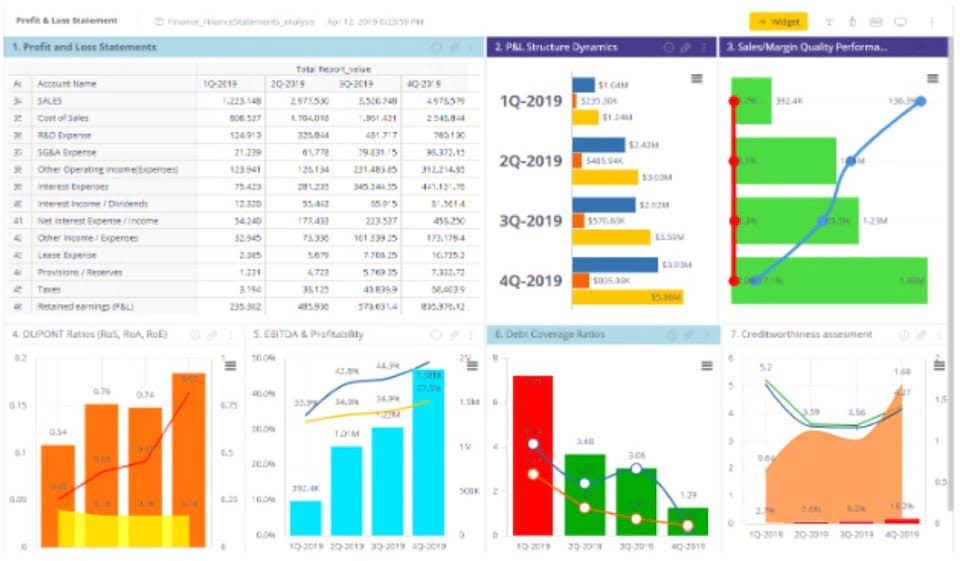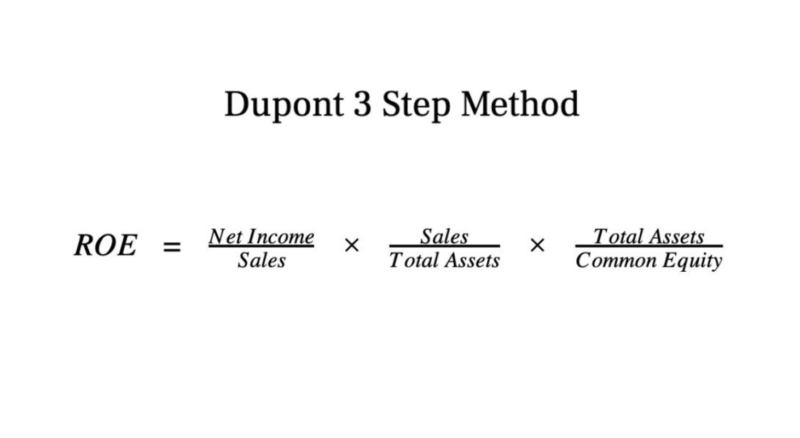
The journal entry for a trade discount is the same as for a regular sale, but the sale amount will reflect the reduced price. This may require coordinating with sales teams or account managers to keep customer relationships positive while making sure invoices are paid on time and according to the agreed terms. AR professionals review aging reports to track late payments and decide how to follow up, sending payment reminders and working with Bookkeeping for Chiropractors customers to resolve any issues.

What is the difference between an accounts receivable record and an accounts payable record?

The AR balance represents the total amount of unpaid invoices that a company has issued to its customers. The accounts receivable balance provides a snapshot of a company’s financial stability, indicating how well it’s collecting payments and its ability to convert sales into cash. income summary A business is optimizing its use of accounts receivable when selling one additional dollar of goods or services on credit will not longer generate any additional profit. This has different implications, depending on the profit margins being generated. When products generate substantial profits, then it makes sense to offer credit to most customers, because the profits are so large that they exceed the amount of bad debts. Expanding the amount of credit offered to customers can mean that a firm’s bad debts increase.

InvestingPro: Access Accounts Receivable Data Instantly

This will keep your accounting records accurate and consistent with accrual accounting. The accounts receivable aging what does accounts receivable mean report breaks down your outstanding invoices by how old they are. To create this report, you’ll group your accounts receivable balances by the age of each invoice.
- From here, it’s a short step to calculating how long it takes, on average, for customers to pay you.
- Account payable and account receivable are two essential components of a business’s financial system.
- This data helps you make informed decisions and prioritise collection efforts where they’re needed most.
- Providing investment banking solutions, including mergers and acquisitions, capital raising and risk management, for a broad range of corporations, institutions and governments.
- You deliver the goods and issue an invoice for this amount, with an instruction requesting payment within 30 days.
- As a small business owner or solopreneur, there’s always a lot to learn.
Accounting for early payment discounts and trade discounts
If your accounts receivable balance is going up, that means you’re invoicing more. If the balance is going down, that means you’re collecting customer payments from previous invoices. Furthermore, accounts receivable are classified as current assets, because the account balance is expected from the debtor in one year or less. Other current assets on a company’s books might include cash and cash equivalents, inventory, and readily marketable securities. As businesses face an average of 51 days to collect receivables, having a solid AR system in place is critical to staying on top of payments and maintaining financial stability. For trade discounts, businesses typically reduce the price of goods or services upfront, so there’s no need to record a separate discount entry.

Accounts receivable (AR) is an accounting term for money owed to a business for goods or services that it has delivered but not been paid for yet. Accounts receivable is listed on the company’s balance sheet as a current asset. When a customer makes partial payments, businesses need to update the AR balance to reflect the actual amount paid. The process begins with debiting accounts receivable to reflect the increase in outstanding payments due from the customer. Simultaneously, the business credits a sales revenue account, recognizing the income from the sale. Accounts receivable (AR) and accounts payable (AP) track a company’s incoming and outgoing payments, but they serve opposite functions.

